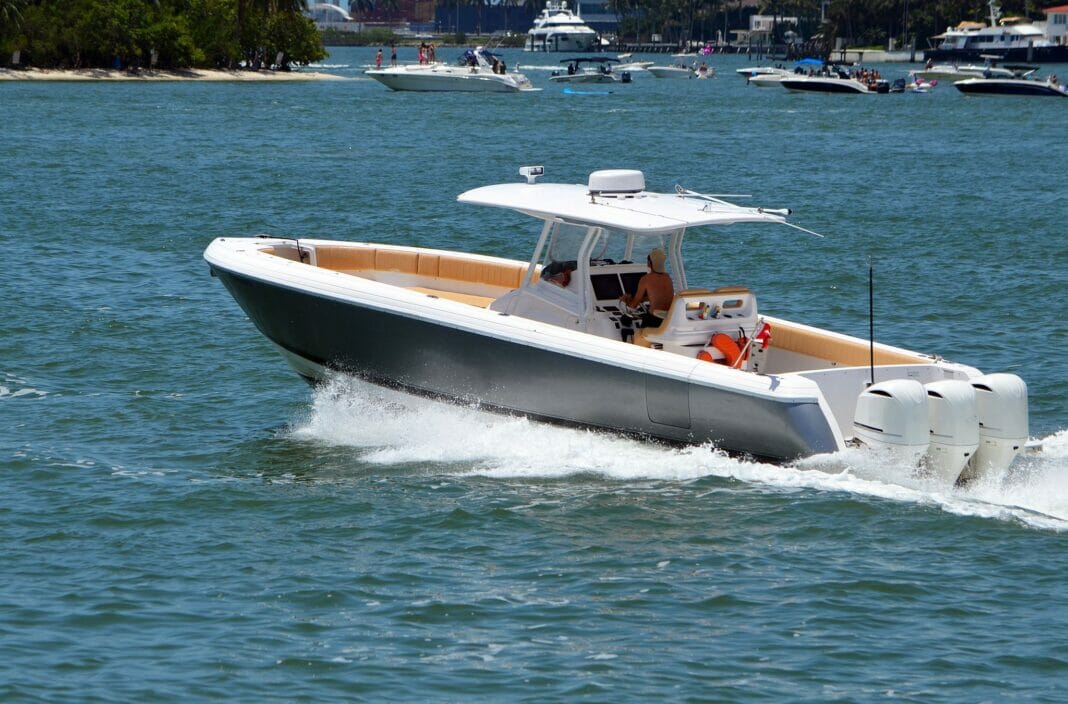Boating is certainly one of the most enjoyable leisure activities out there, with the wide expanse of natural water bodies acting as perfect settings for an exciting and adventurous time. However, boating can become dangerous if proper boating safety measures are not followed. Whether you are new to the world of boating or an experienced sailor, it is essential to keep in mind the basic do’s and don’ts to ensure safe and enjoyable trips. This comprehensive guide sheds light on some essential guidelines to follow for a better boating experience.
Do’s for Boating Safety
Wear Life Jackets
Always ensure that you and your passengers are wearing appropriate life jackets or personal flotation devices (PFDs) at all times. Life jackets are incredibly effective in preventing drownings, and they should be the appropriate size and in good condition. Keep spare life jackets on board and make sure everyone knows their location and how to wear them properly.
Educate Yourself
Before setting out on your boating adventure, take a boating safety course. Familiarize yourself with the boat’s controls, navigation, and emergency procedures. Learn about boating rules and regulations, as well as the local weather and water conditions. Many states require boaters to complete an approved boater education course to operate a motorized watercraft legally.
Be Prepared
Before heading out on the water, ensure that your boat is well-maintained and in good working condition. Check the fuel levels, battery charge, and basic engine functionality. Make sure you have all necessary equipment on board, including flares, a fire extinguisher, an anchor, a first-aid kit, a marine radio, emergency lights, and your boat’s registration and insurance documents.
Practice Safe Navigation
Observe correct navigation rules and be constantly aware of your surroundings, including other boats, swimmers, and potential hazards. Use navigational tools such as charts, GPS devices, and depth sounders to help you navigate safely. Always maintain a safe speed, especially in busy or shallow areas.
Stay Aware of the Weather
Always check the weather forecast before leaving the shore and continually monitor it throughout your trip. Seek shelter or head back to shore if you see signs of an approaching storm or adverse weather. High winds and rough seas can be extremely dangerous and difficult to navigate.
Communicate Effectively
Good communication is vital when boating. Inform someone on land about your trip plans, including the departure time, intended route, and estimated return time. Carry a marine radio to maintain contact with the shore and other boats for weather updates, emergency situations, or general assistance.
Don’ts for Boating Safety
Don’t Boat Under the Influence
Operating a boat while under the influence of alcohol or drugs impairs your judgment, reaction time, and overall ability to navigate safely. Boating under the influence is not only dangerous but illegal in most states.
Don’t Overload the Boat
Respect the boat’s capacity limit, as overloading can increase the risk of capsizing or sinking. Ensure that the weight is evenly distributed throughout the boat, and avoid having too many passengers or heavy gear in one specific area.
Don’t Forget to Use Distress Signals
In case of an emergency, know how to use your vessel’s distress signals, such as flares, air horns, and emergency lights. These signals can alert other boaters or search and rescue teams to your location and help expedite a rescue.
Don’t Disregard Environmental Rules
Become familiar with local environmental regulations and avoid disposing of any waste, including trash, fuel, or oil, in the water. Be mindful of protecting the marine environment for future generations to enjoy.
Boating can be a truly enjoyable and rewarding experience; however, safety should always be your top priority to ensure those experiences remain enjoyable. By following these do’s and don’ts, along with staying informed and vigilant, you can create a safe environment for you and your passengers on your boating adventures.


